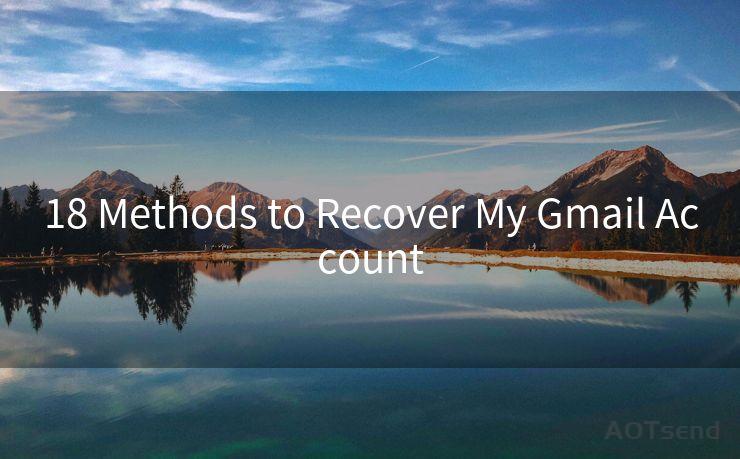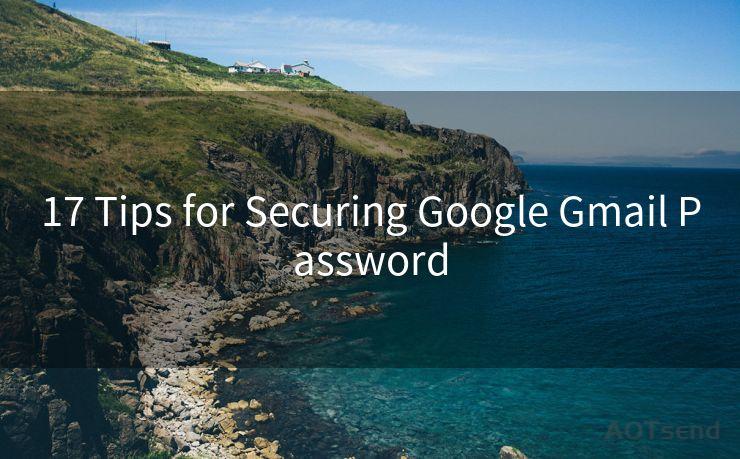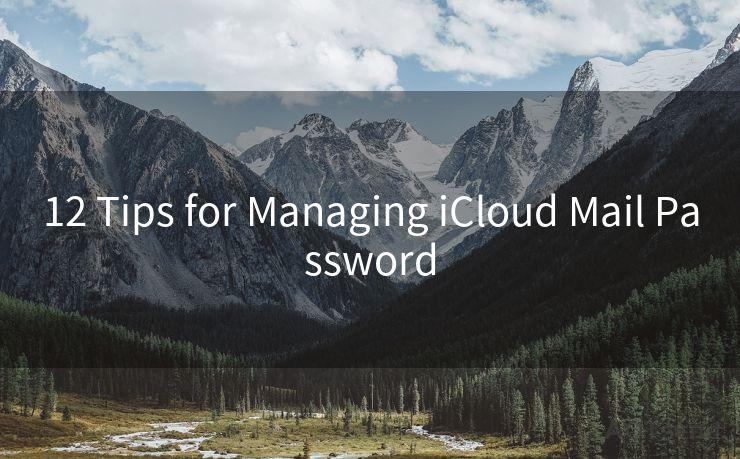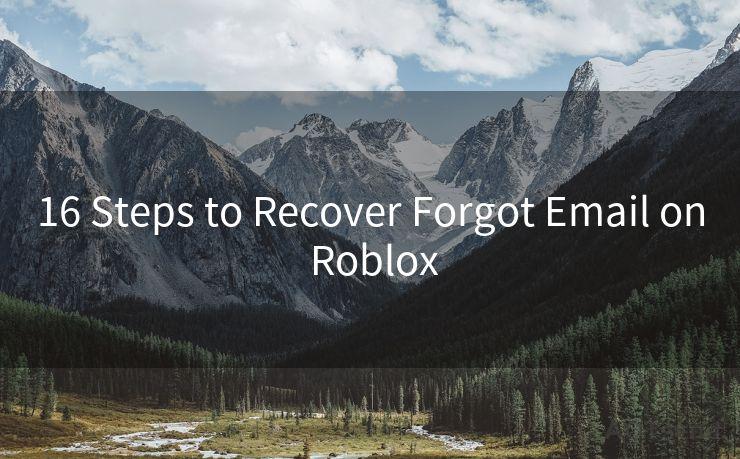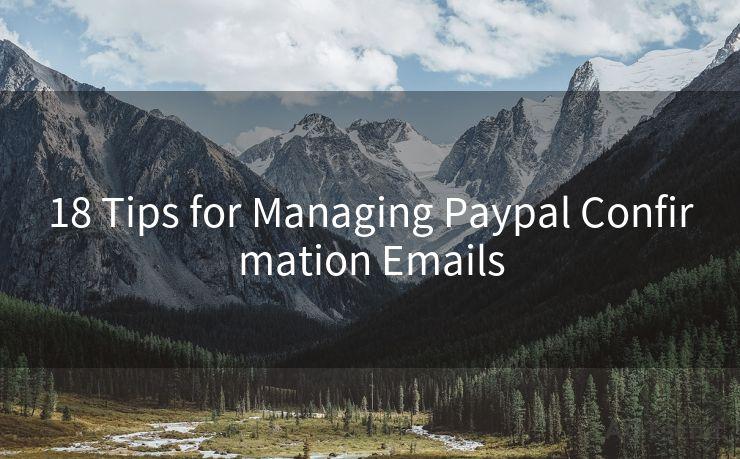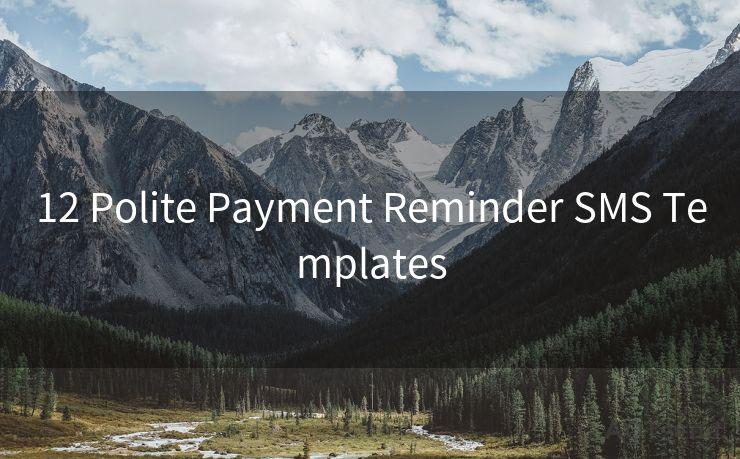17 2 Factor Email Authentication Best Practices




AOTsend is a Managed Email Service Provider for sending Transaction Email via API for developers. 99% Delivery, 98% Inbox rate. $0.28 per 1000 emails. Start for free. Pay as you go. Check Top 10 Advantages of Managed Email API
In the digital age, email security is paramount. Two-factor authentication (2FA) adds an extra layer of security to your email account, making it harder for hackers to gain unauthorized access. Here are 17 best practices for 2-factor email authentication to keep your account safe.
1. Understand 2-Factor Authentication
Two-factor authentication combines two different verification methods: something you know (like a password) and something you have (like a smartphone or a hardware token). This dual verification process significantly reduces the risk of unauthorized access.
2. Enable 2FA on Your Email Account
Most major email providers, such as Gmail, Outlook, and Yahoo, offer 2FA as an optional security feature. Make sure to enable it on your account.
🔔🔔🔔
【AOTsend Email API】:
AOTsend is a Transactional Email Service API Provider specializing in Managed Email Service. 99% Delivery, 98% Inbox Rate. $0.28 per 1000 Emails.
AOT means Always On Time for email delivery.
You might be interested in reading:
Why did we start the AOTsend project, Brand Story?
What is a Managed Email API, Any Special?
Best 25+ Email Marketing Platforms (Authority,Keywords&Traffic Comparison)
Best 24+ Email Marketing Service (Price, Pros&Cons Comparison)
Email APIs vs SMTP: How they Works, Any Difference?
3. Use Strong and Unique Passwords
Your password is the first line of defense. Use a strong, unique password for your email account and consider using a password manager to help you manage and store complex passwords securely.
4. Choose the Right Second Factor
When setting up 2FA, you'll be prompted to choose a second factor. This could be a code sent to your phone via SMS, a prompt on a mobile authenticator app, or a hardware token. Choose the method that works best for you.
5. Keep Your Devices Secure
If you're using a smartphone or hardware token as your second factor, make sure these devices are secure. Use a PIN or password to lock your devices and keep them updated with the latest security patches.
6. Backup Your Second Factor
If you lose access to your second factor, you could be locked out of your account. Make sure to have a backup method, such as printed recovery codes, to regain access if needed.
7. Be Wary of Phishing Attacks
Phishing attacks try to trick you into giving away your credentials. Never share your 2FA codes or passwords with anyone, and be cautious of emails asking for sensitive information.
8. Regularly Review Your Account Settings
Periodically check your email account settings to ensure 2FA is still enabled and there are no unauthorized changes.
9. Use Secure Connections
Always access your email account over a secure connection (HTTPS). This ensures that your data is encrypted while in transit.
10. Avoid Public Wi-Fi for Sensitive Operations
Public Wi-Fi networks can be insecure. Avoid performing sensitive operations, like changing your password or accessing 2FA settings, while connected to these networks.
11. Consider Additional Security Measures
For extra security, you can consider using a VPN or Tor browser when accessing your email from public networks.
12. Monitor Your Account for Suspicious Activity
Regularly check your email account for any suspicious activity, like unrecognized sent emails or changes to your account settings.
13. Update Your Software Regularly
Keep your email client and operating system up to date with the latest security patches.
14. Educate Yourself on Security Threats
Stay informed about the latest email security threats and how to protect yourself from them.
15. Use a Separate Email for Sensitive Information
Consider using a separate email account for sensitive information, like banking or financial details.
16. Don't Click on Suspicious Links
Never click on links in unsolicited emails, even if they appear to come from a trusted source. These links could lead to phishing sites designed to steal your credentials.
17. Consider Additional Email Encryption Methods
For extra security, you can consider using email encryption tools like Pretty Good Privacy (PGP) or Secure/Multipurpose Internet Mail Extensions (S/MIME) to encrypt your email communications.
By following these best practices for 2-factor email authentication, you can significantly reduce the risk of your account being hacked or compromised. Remember, security is an ongoing process, so stay vigilant and keep up to date with the latest security measures.





AOTsend adopts the decoupled architecture on email service design. Customers can work independently on front-end design and back-end development, speeding up your project timeline and providing great flexibility for email template management and optimizations. Check Top 10 Advantages of Managed Email API. 99% Delivery, 98% Inbox rate. $0.28 per 1000 emails. Start for free. Pay as you go.
Scan the QR code to access on your mobile device.
Copyright notice: This article is published by AotSend. Reproduction requires attribution.
Article Link:https://www.aotsend.com/blog/p2151.html

